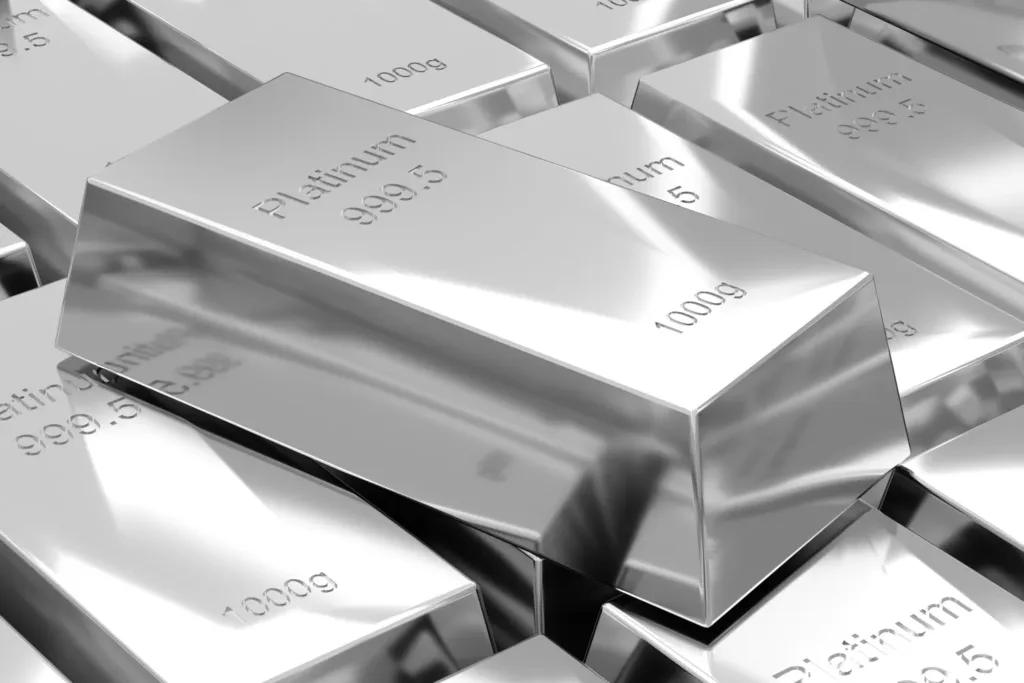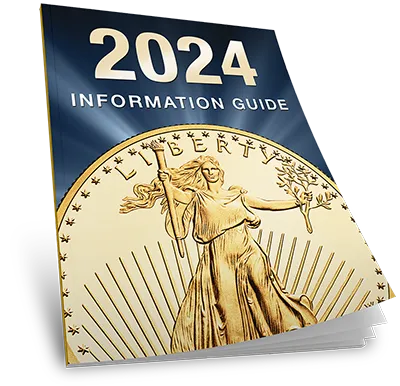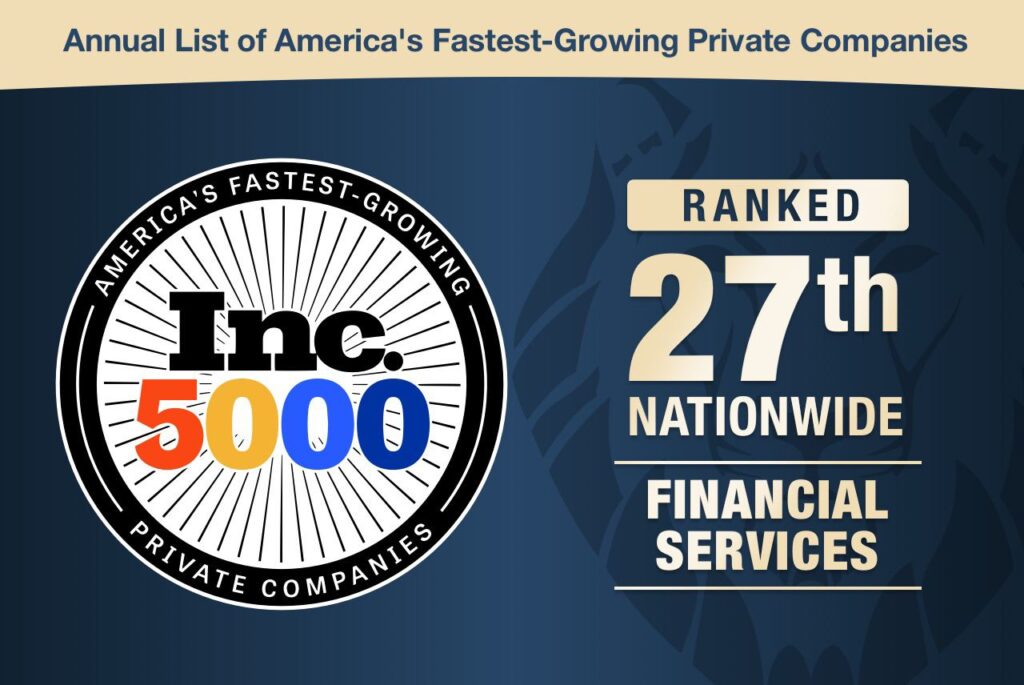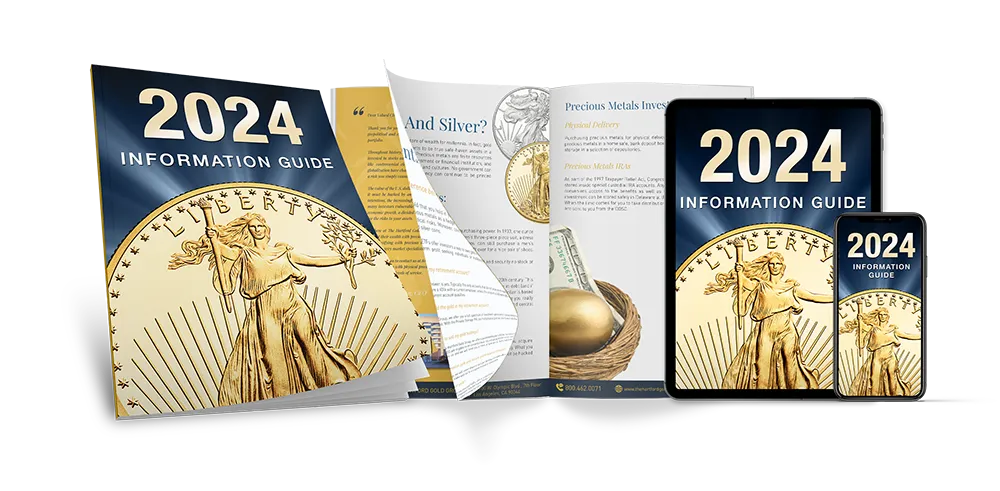Gold and platinum are two of the most valued assets in precious metals, each offering unique benefits. While gold has a long-term reputation as the ultimate store of value, symbolizing wealth and stability, platinum presents a compelling case for diversification and potential growth with its rarity and extensive industrial uses.
We’ll explore the dynamics of platinum and gold assets, comparing their prices, market behaviors, and viability against economic uncertainty and fluctuating US dollar values. Read on to learn more about these renowned safe havens.
Why Should You Purchase Precious Metals?
Purchasing precious metals like gold, platinum, and silver is a time-honored strategy for diversifying assets, safeguarding wealth, or opening a Gold IRA. These assets are known for their inherent value, enduring appeal, and role in hedging against economic fluctuations, inflation, and currency devaluation.
Precious metals can serve as insurance against the unpredictable nature of financial markets and geopolitical tensions. Let’s examine why precious metals are considered wise for protecting and enhancing financial security.
Store of Value
Precious metals, particularly gold, have been universally recognized as a store of value for thousands of years. Their worth is not tied to any single currency or economy, making them a global standard for wealth preservation.
Unlike paper currency, which can be subject to inflation and devaluation, gold can maintain its purchasing power over long periods. This enduring value is attributed to scarcity, demand in industries like jewelry and technology, and extraction costs.
Gold, platinum, and silver coins offer a tangible asset you can hold outside the traditional financial system, providing a physical store of wealth that you can pass down through generations.
The ability of precious metals to maintain their value, especially in times of high inflation or currency devaluation, supports their importance in any financial strategy focused on long-term wealth preservation.
Protect Your Finances During Economic Uncertainty
Secure assets like precious metals are particularly popular during periods of economic uncertainty and market volatility. They have a historical record of performing well when other assets, such as stocks and bonds, may lose value.
For example, gold prices significantly increased during the Great Recession and subsequent years as people sought safe havens for their capital. The innate value of precious metals, combined with their limited supply and increasing demand in various industrial applications, supports their value and financial appeal during tough economic times.
Platinum and palladium, used extensively in catalytic converters and other industrial processes, can see price surges related to supply constraints or increased demand from sectors like automotive manufacturing.
What Is Platinum?
A precious metal known for its silvery-white appearance, platinum combines beauty with practical industrial applications. Understanding platinum is essential for purchasers newly exploring precious metals, as it offers distinct characteristics and opportunities compared to other metals like gold and silver.
Platinum is a dense, malleable, and highly unreactive element, making it highly sought after for jewelry and industrial uses. It’s rarer than gold, with most of the world’s supply mined in South Africa and Russia, contributing to its premium status and often higher price per troy ounce. Its scarcity and challenging extraction process underpin its value and appeal as an asset.
Platinum’s industrial demand primarily comes from its use in catalytic converters for automobiles, which help reduce harmful emissions, alongside significant roles in electronics, dental equipment, and various chemical applications.
This wide range of uses ensures a steady demand. It introduces volatility in platinum prices, as changes can influence automotive industry trends, environmental regulations, and technological advancements.
What Makes Platinum a Strong Purchase?
Platinum’s price is tracked per troy ounce on global commodity markets, similar to gold and silver. It allows people to engage with precious metals through physical bullion purchases, such as platinum bars and coins.
Platinum can be a diversification tool within a precious metals portfolio, providing a hedge against inflation and currency devaluation similar to gold but with the added influence of industrial demand. The metal’s liquidity is lower than gold’s but sufficient for most people, with various platforms and brokerages facilitating easy buying and selling.
Understanding platinum as an asset requires recognizing its dual nature as a store of value and an industrial metal. This dual nature contributes to its potential for stability and growth, making it a compelling choice for people looking to diversify their portfolios with precious metals.
Whether drawn to its physical beauty, industrial indispensability, or financial potential, platinum offers a unique blend of characteristics that can enhance and protect wealth, even during economic uncertainty.
What Is Gold?
Gold is one of the most revered precious metals, a symbol of wealth and prosperity throughout the ages. For new purchasers looking into precious metals as safe haven vehicles, gold represents a physical asset, a cornerstone of financial stability, and a hedge against economic volatility.
Gold is a chemical element with remarkable qualities: It’s dense, soft, malleable, and possesses an extraordinary resistance to corrosion and most chemical reactions. This makes it desirable for jewelry and decor and valuable for various industrial applications, although to a lesser extent than metals like platinum and palladium.
Gold’s allure is universal, with mining spread across the globe in countries like China, Australia, Russia, the United States, and Canada, contributing to its liquidity and ubiquity in markets worldwide.
The safe-haven appeal of gold lies in its time-tested status as a store of value. Its worth is measured per troy ounce on the global market, with the price of gold reflecting factors such as the strength of the US dollar (USD), inflation rates, geopolitical tensions, and shifts in supply and demand.
Gold’s value has a historic tendency to rise during economic uncertainty, making it a go-to asset for those looking to preserve wealth in turbulent times.
What Makes Gold a Strong Purchase?
Gold’s enduring value, liquidity, and role as a financial haven make it an attractive option.
Several factors underscore gold’s merits as an asset:
- Store of Value: Gold has maintained its purchasing power over millennia, offering a hedge against inflation and currency devaluation. Unlike fiat currencies that can be printed in unlimited quantities, gold’s supply is finite, which underpins its intrinsic value.
- Economic Uncertainty and Volatility:Gold prices typically move inversely to stock market trends and the value of the U.S. dollar, gaining when other assets lose ground. This counter-cyclical nature makes gold an effective diversification tool, reducing portfolio risk.
- Liquidity: Gold is highly liquid and can be bought and sold relatively easily. Whether in gold coins or through gold IRAs, people have multiple avenues to engage with the market, ensuring they can react quickly to changing economic conditions.
- Safe-Haven Asset: During geopolitical tensions, financial crises, or dramatic shifts in the global economy, gold’s appeal as a safe haven grows. People flock to buy gold during such times, seeking stability and security, often increasing prices.
- Diversification: Including gold in a portfolio introduces a non-correlated asset that can move independently of stocks, bonds, and real estate. This diversification benefits people by spreading risk and smoothing out returns over time.
For new and seasoned purchasers, gold represents an opportunity to own a piece of history and anchor their portfolios with a tangible asset that has weathered economic downturns, currency resets, and geopolitical upheavals.
Whether for wealth preservation, speculative gains, or achieving long-term financial goals, gold’s allure remains undiminished, solidifying its position as a cornerstone of sound portfolios.
How Does the Price of Platinum Compare to the Price of Gold?
Traditionally, platinum has been perceived as more valuable than gold, primarily due to its rarity and the extensive industrial applications it boasts, particularly in the automotive sector for catalytic converters. However, the price relationship between platinum and gold can fluctuate significantly based on various economic, industrial, and geopolitical factors.
Platinum faces considerable volatility due to its concentrated supply chain, which can be susceptible to disruptions from labor strikes, geopolitical tensions, and regulatory changes. Combined with fluctuations in industrial demand, these factors often result in dramatic price swings for platinum.
Gold reflects a more diverse supply and a broader base of demand. Beyond its industrial uses, less significant than platinum’s, gold’s status as a store of value and a hedge against economic downturns and inflation underpins its financial appeal.
Its value is influenced by factors such as the strength of the US dollar (USD), global economic conditions, interest rates, and purchaser sentiment, making it a more stable asset than platinum.
In recent years, platinum prices have dipped below gold’s, marking a significant shift from historical norms. This inversion in pricing can be attributed to reduced industrial demand for platinum, increased gold demand as a safe-haven asset during economic uncertainty, and varying levels of speculation in both markets.
For purchasers, the platinum-to-gold ratio is an important indicator, representing the number of ounces of platinum one can buy with an ounce of gold. This ratio fluctuates, providing insights into relative value and potential opportunities.
When the ratio is low, platinum may be undervalued relative to gold, suggesting a buying opportunity for those with a positive outlook on platinum’s industrial demand and risk tolerance for its supply-side challenges.
How Do Platinum and Gold Compare to Palladium as Purchases?
When considering assets in precious metals such as IRAs, platinum, gold, and palladium, each offers distinct characteristics, risks, and opportunities. Understanding how platinum and gold stack up against palladium can help people make informed decisions tailored to their financial strategies, risk tolerance, and market outlook.
Platinum and Gold
Known for its rarity and industrial utility, especially in automotive catalytic converters, platinum presents an intriguing mix of asset potential and market volatility. Industrial demand significantly influences its price, with most of its mining concentrated in South Africa and Russia.
This can lead to sharp price fluctuations in response to changes in industrial usage or geopolitical events affecting supply.
In contrast, gold is primarily valued as a store of wealth and a hedge against economic uncertainty. Its broader base of demand — from gold IRAs and jewelry to limited industrial uses — coupled with a more diversified global supply, lends it a stability often sought by purchasers, especially during times of financial turmoil, inflation, or weakening of the US dollar (USD).
The liquidity of gold and its long history as a safe-haven asset make it a cornerstone of many portfolios.
Palladium
Palladium, like platinum, has substantial industrial applications, notably in catalytic converters for gasoline engines, where it helps reduce harmful emissions. In recent years, palladium has seen significant price increases, driven by high demand and supply constraints in the automotive industry.
Much of palladium’s supply comes from Russia and South Africa, introducing a degree of geopolitical risk to its price stability.
Due to its role in current automotive technologies, palladium may offer higher growth potential than platinum and gold. However, this also subjects it to greater volatility, as shifts in automotive industry practices, such as the transition to electric vehicles (EVs) that require less palladium, could impact demand.
Furthermore, palladium’s market is smaller and less liquid than gold’s, which may present challenges for people looking to enter or exit positions.
Investment Considerations
Diversifying across these metals can mitigate risks associated with any single market for those considering adding precious metals to their portfolios. Platinum and palladium, with their industrial demand, offer growth potential but with higher volatility and exposure to industrial cycles.
Gold is often a more stable asset as a hedge against inflation and currency devaluation, making it an important part of a diversified portfolio.
People should consider their risk tolerance and horizon when choosing between platinum, gold, and palladium. Those looking for stability and wealth preservation might lean towards gold. At the same time, those seeking growth and willing to accept higher volatility may find platinum or palladium more attractive, depending on their outlook on industrial demand.
Platinum and Gold as Safe Haven Assets
Platinum, gold, and palladium offer unique opportunities, from platinum’s industrial appeal and gold’s status as a timeless safe haven to palladium’s recent surge driven by automotive demand.
Balancing these metals in a portfolio can provide a hedge against economic uncertainty, leverage industrial demand, and ensure stability through gold’s enduring value.
American Hartford Gold is your partner in understanding the precious metals market, offering insights and options across gold, platinum, and palladium assets, such as precious metals IRAs.
Whether aiming for growth, stability, or diversification, American Hartford Gold can guide you toward making informed decisions that align with your financial goals.
Take a look at our collection of gold to get started building your collection today.
Sources:
Precious Metals: Definition, How to Invest, and Example | Investopedia
The Beginner’s Guide To Investing In Precious Metals | Forbes
Platinum: What’s So Special About the Shiny Metal? | HowStuffWorks






